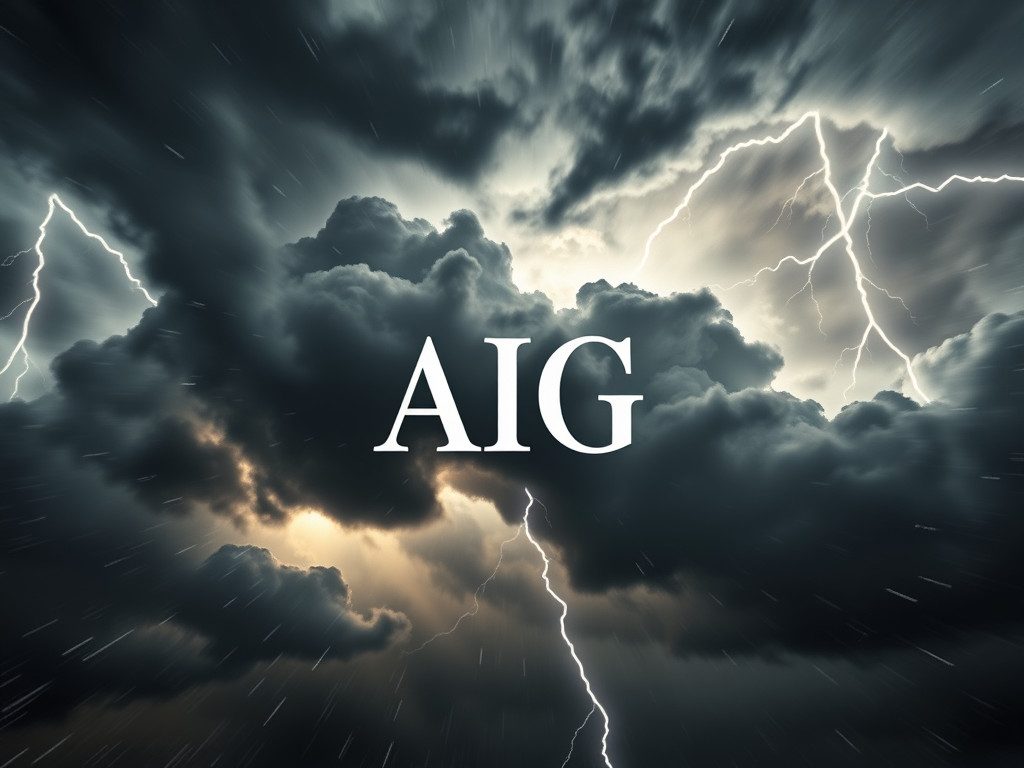AIG – The Insurance Giant That Needed a Bailout

The Risk Manager’s Diary – Day 05
Today in my world of risk, let’s talk about: An insurer so tangled in Wall Street’s web that its failure threatened the world economy.
I still remember the days right after Lehman collapsed. Phones rang nonstop. Markets panicked. And then, a new name rose to the top of every risk manager’s worry list: AIG1. Not a bank, but an insurance company — the world’s largest. And yet, it stood at the edge of ruin.
The Unlikely Dealer
AIG wasn’t supposed to be in the middle of the storm. It sold insurance — life, health, property. But deep inside a London unit called AIG Financial Products, it had taken on a different business: selling credit default swaps (CDS)2. These contracts promised to pay out if certain bonds defaulted. To investors, they looked like insurance. To AIG, they looked like free money. After all, how likely was it that AAA-rated mortgage securities would fail?
So AIG wrote swaps on hundreds of billions worth of those securities. The profits were steady, the risks invisible — until 2007.
The Trap Springs
When housing prices collapsed, the securities AIG had guaranteed fell in value. Suddenly, counterparties demanded AIG post collateral3 — billions in cash — to prove it could honor its promises. The calls came faster than AIG could pay. Day by day, the liquidity drained away.
Investors lost trust. Rating agencies downgraded AIG. And each downgrade triggered even larger collateral calls. It was a vicious cycle: the weaker AIG looked, the more cash it had to provide, and the less cash it had left.
The Rescue
By September 2008, just days after Lehman’s bankruptcy, AIG was out of options. If it failed, every major bank that had bought CDS protection from it would face immediate losses. The U.S. government stepped in with an $85 billion bailout4, effectively nationalizing AIG. Over time, the rescue grew to more than $180 billion. AIG survived, but only because taxpayers held it up.
The Risk at the Core
AIG’s near-death wasn’t about bad loans on its books, but about the counterparty promises it had made and couldn’t honor when markets turned. This was a crisis of credit risk and counterparty risk — amplified by liquidity pressure. AIG learned the hardest lesson: when you insure the world, you also import the world’s risks into your own balance sheet.
Closing Diary Note
When I recall AIG’s fall, I don’t think of insurance premiums or balance sheets. I think of collateral calls arriving like relentless waves, and an institution drowning under promises it never should have made. AIG proved that sometimes, the riskiest business isn’t the one you advertise — it’s the one you keep hidden until it’s too late.
Footnotes
1. AIG (American International Group) — one of the world’s largest insurers, at the center of the 2008 crisis.
2. Credit Default Swap (CDS) — a financial contract that pays the buyer if a borrower defaults; often described as “insurance on bonds.”
3. Collateral — assets or cash pledged to secure obligations; if the counterparty weakens, more collateral is required.
4. AIG bailout — a U.S. government rescue starting at $85 billion, later expanded to stabilize AIG and prevent systemic collapse.
Tracked terms: AIG, credit default swaps, collateral, bailout, counterparty risk, systemic risk.



